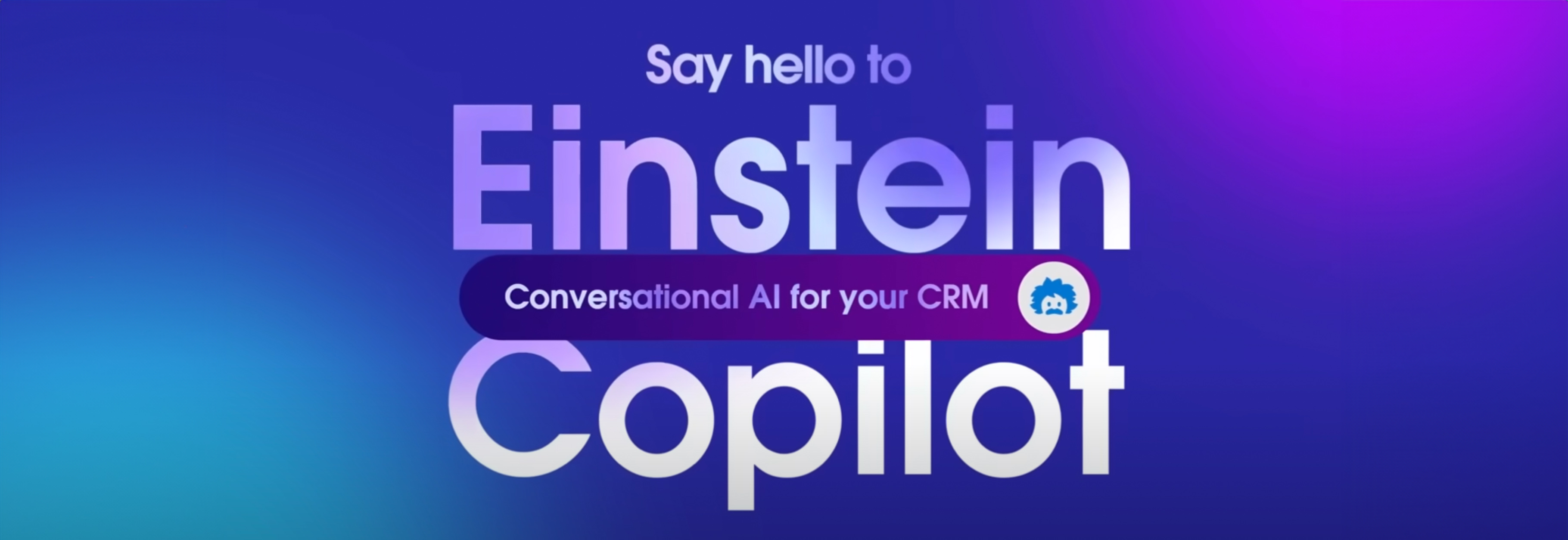The world stands on the cusp of a technological revolution driven by Artificial Intelligence (AI). This emergent technology promises to reshape countless facets of our day-to-day lives. However, it's essential to temper our excitement with an understanding of AI's current capabilities and its inherent limitations.
AI's Cognitive Constraints
First and foremost, AI is not an independent thinker. Contrary to what many might believe, it doesn't harbour its own thoughts or ideas. It operates strictly within the confines of its programming, relying on algorithms and the data it has been trained on. This means it can't produce entirely novel concepts or resolve unanticipated problems autonomously.
The Challenge of Creativity
Creativity, an inherently human trait, remains elusive to AI. While it can replicate patterns, styles, and structures from existing content, expecting AI to produce original novels, pioneering artworks, or evocative poetry is beyond its current grasp. It's a tool that can mimic but not innovate in truly original ways.
The concept of creativity encompasses more than just producing something novel; it also includes intent, original thought, and often, emotional or subjective investment. When Midjourney or any other machine generates a picture, it operates based on algorithms and pre-existing data without any conscious intent or emotional engagement. This distinguishes machine outputs from human creativity.
One of the hallmarks of human creativity is the intent behind the creation. Unlike human artists who craft with a specific message or emotion in mind, machines produce outputs based purely on set parameters and algorithms. They don't possess an inherent "intention" in their creation; instead, they merely execute commands they are given.
Moreover, emotions and individual perspectives are integral to human creativity. They are shaped by personal experiences and provide depth to creations. Machines, on the other hand, completely lack this emotional depth or nuance since they are devoid of emotions and subjective experiences. Their outputs, while potentially novel or exciting, don't carry the same emotional resonance as human-made art.
Furthermore, machines operate in a reactive manner. They generate content rooted in the data they've been trained on and only have the inherent drive or capability to create something entirely new or push boundaries if specifically programmed to do so. This reactive nature contrasts with human creators who can proactively draw from various experiences, intuitive leaps, and subconscious processes.
Lastly, the context is pivotal in understanding creativity. A machine doesn't comprehend the cultural, historical, or personal significance of its creations beyond the definitions it has been programmed with. For instance, while a human artist might depict a cat in space to convey a specific message or emotion, a machine needs more depth of understanding to grasp or convey the same nuances. In essence, while machines like Midjourney can undoubtedly generate novel images, their lack of intent, emotional depth, and original thought means they don't truly "create" in the same sense humans do.
Emotions: The Uncharted Territory
Emotions, with their profound nuances and subtleties, present another challenge. While AI has made strides in recognising emotions based on discernible cues like facial expressions, it can't genuinely comprehend or empathise with human feelings. This lack of emotional understanding implies that AI cannot forge genuine emotional connections or respond with genuine emotional intelligence.
High-stakes Decisions and AI's Role
Given these constraints, entrusting AI with high-stakes decisions, especially those directly impacting human lives in areas like healthcare, legal justice, or national defence, is premature and risky. We must approach AI's integration into these fields with caution, ensuring rigorous oversight and human intervention.
Potential Misuses of AI
Being optimistic about AI's future should not blind us to its potential pitfalls. It's critical to employ AI judiciously, ensuring its alignment with ethical considerations and preventing its misuse. This becomes even more pertinent when considering the darker side of AI potential: its use in propagating misinformation, cyber-attacks, and other malicious intents.
The Path Forward: Investment and Research
To harness the full power of AI, sustained investment in research and development is pivotal. While the technology has a long journey ahead before it can overcome its current challenges, with time and dedicated effort, we might see AI achieve feats currently deemed impossible.
A Cautious Optimism
As we stand on the brink of the AI-driven era, our approach should be one of cautious optimism. Celebrate its achievements, be mindful of its limits, safeguard against its potential misuse, and continue to propel it towards a future where it serves as an unequivocal force for good.











